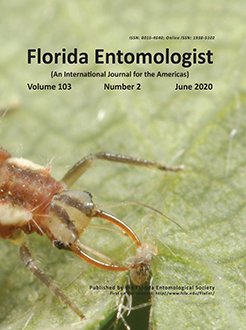Exotic invasive species are one of the most widespread and common agents of change in ecosystems worldwide. Here, we are focused on community-level changes associated with the appearance and persistence of exotic species in an ecosystem over more than 2 decades. We combined datasets of Florida's ant (Hymenoptera: Formicidae) community from Wekiwa Springs State Park, Florida, USA, spanning 25 yr, which included 3 sampling events in several distinct upland ecosystems. Species accumulation curves, non-parametric species estimators, community similarity indices, and ratios of exotic to native ants were used to assess sampling effort, including patterns of diversity, and changes in community composition. Our data showed that the ant community of Wekiwa Springs has at least 4 exotic species present in all of the ecosystems sampled within the park. These upland ecosystems are accumulating exotics slowly and, with one exception, there is no clear signal that the exotic species are displacing native species. The likely exception is the invasive fire ant, Solenopsis invicta Buren (Hymenoptera: Formicidae), causing local extinction of the native fire ant Solenopsis geminata (Fabricius) (Hymenoptera: Formicidae). Continued long-term monitoring efforts are necessary to understand how these exotics may impact native communities in the future.
How to translate text using browser tools
10 July 2020
Changes in an Invaded Florida ant (Hymenoptera: Formicidae) Community Over 25 Years
Leo Ohyama,
Joshua R. King,
Benjamin M. Gochnour

Florida Entomologist
Vol. 103 • No. 2
June 2020
Vol. 103 • No. 2
June 2020
displacement
ecosystem management
fire
fire ants
invasion
persistence




